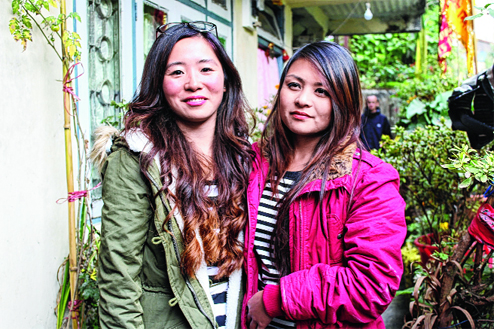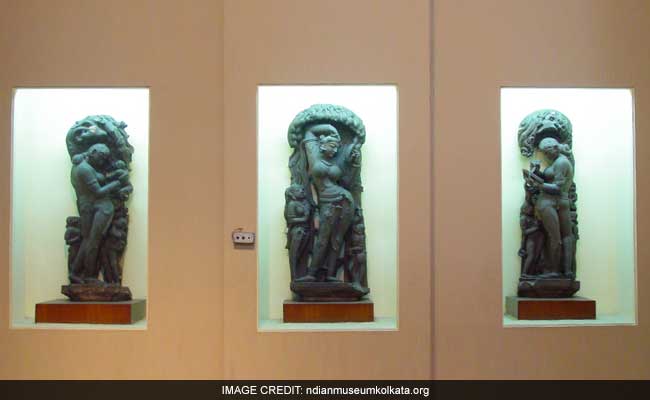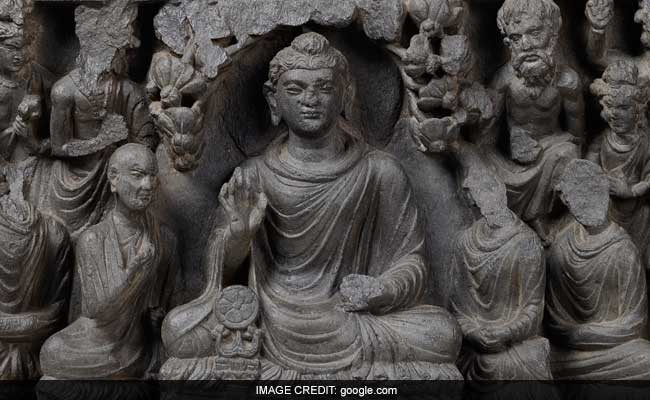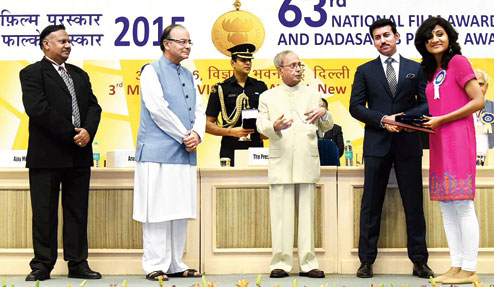CAL wants to go beyond heritage structures
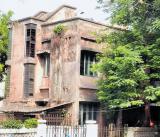
The Chaudhuris of Latu Mullick Lane in north Kolkata have unknowingly become part of a rather silent movement. Once part of Bengal’s landed gentry, they now have just this two-storeyed building left to their name. Built some time in late 19th century, the house does not offer much in terms of heritage value, given it was just the residential building of a family that had no great role in uplifting Bengal’s social or political consciousness. It is buildings like this that interests author Amit Chaudhuri.
Chaudhuri does not share any links with the said family, except a surname spelt the same way. Neither is this particular building, tucked away in a dingy lane, part of the initiative that is taking up much of his time these days. The author, however, is concerned with how the “heritage” tag is used in Kolkata. He feels somewhat disturbed that heritage only refers to buildings that had some role to play, even though the term should encompass much more than just achievements, he believes.
Once the second city of the British Empire after London, Kolkata, offers a visual feast of old houses, which stand out for remarkable architecture. These buildings represent not only an era but also stand testimony to the city’s history, giving an insight into the structural changes that influenced architecture over the years. Chaudhuri’s love for the architectural aesthetics in old buildings inspired him to launch the Calcutta Architectural Legacies (CAL), a mission to save old buildings.
It is also probably not a coincidence that the acronym spells out as CAL, the name most English-speaking Kolkatans refer to their home town by. CAL is what one would call a citizen’s initiative, with Chaudhuri bringing together a group of interested people. From conservation architect Partha Ranjan Das to G M Kapur of heritage preservation group INTACH, to activists Bonani and Pradeep Kakkar, ad guru Ram Ray and even Nobel laureate Amartya Sen, they will all pull in their ideas to help conserve buildings that have not found place on state’s heritage list.
Although CAL was formally launched in February, Chaudhuri has been working towards this for more than a year. In an article for The Guardian in June 2015, he laid down his ideas. He pointed out that in Kolkata, a heritage building is a landmark, either because it is a “significant institutional building” or “because a famous person frequented it or lived there”. “The architectural distinctiveness of the building is a secondary concern, or is a pre-ordained, generic feature of the structure: that is, we already know it qualifies as a heritage structure because it adheres to our idea of what a heritage colonial building looks like,” he wrote.
The author went on to say that heritage for Kolkata also “…means we cease to engage with the architectural individuality and difference of buildings and precincts. We don’t periodise, falling back on catch-all terms like ‘colonial’ or historicise; or describe; or define. Simply put, ‘heritage’ means we don’t see, or think about, buildings.”
While launching CAL, he pointed out that the time has come to rethink words like “architecture” and “heritage” in order to save buildings “before these are brought down and turned into generic multi-storeyed buildings”. CAL would also attempt to move beyond heritage and take the initiative to everywhere in Kolkata.
Chaudhuri pointed out how the city developed into neighbourhoods, “para” in Bengali, which were oases of resident communities, and stressed on the need to preserve their distinct characters, before these fall prey to realtors. He is of the opinion that the heritage tag should include far more than landmarks and involve buildings, which give the city its character. He also talked about the need for residents of such buildings to come forward and join the initiative, if they are keen on preserving their individual heritage, instead of a generic sense of history.
Chaudhuri’s campaign among the urban educate class for more than a year found fruition when Kumartuli Sarbojanin Durgotsav, the Durga Puja committee at the idol-makers’ district in north Kolkata, decided to turn his efforts into the theme for its Puja offering last year.
A much-visited Durga Puja marquee, the committee celebrated its 84th year with a cause that has faced criticism from some quarters as “elitist”. Disparagement aside, artist Subal Pal persuaded the Puja committee to go with the theme.
Chaudhuri observed how a number of aesthetic old buildings are being razed to ground, making way for box-like high-rises, on the Pratapaditya Road in south Kolkata. Pal, who has been noticing similar changes in north Kolkata, felt one with Chaudhuri’s woes and etched out the theme in his Puja marquee. The artist, however, admitted that without proper conservation of these buildings, there would be no point in having the theme, at a time when such houses are getting lost across the city. “…the message needs to be sent out to people before it’s too late,” he said.
A regular visitor to Europe, he pointed out in his Guardian article how the British have managed to preserve even the most mundane, old buildings, just because of their architectural and aesthetic brilliance.
The author, who first started the campaign online and sought signatures, stated in his expression note how the old-world Kolkata is fast falling prey to the real estate mafia. While the online petition received nearly 2,000 signatures in a matter of days, Chaudhuri said, “I am an admirer of Kolkata’s neighbourhoods. Its architecture is not just confined to colonial legacy or north Kolkata-based buildings owned by landed families. But there are many interesting architectures spread across the city which were built by the educated middle-class in the past,” Chaudhuri said. This petition also drew support from Sen, who has spent years amid the heritage corridors of educational institutes in Kolkata, England and the US.
The real deal for such an initiative, however, is to get the administration’s attention, admitted those pushing the initiative. While Das talked about the apathy of Kolkata Municipal Corporation, which is in charge of refreshing the city’s ‘heritage list’, Mayor Sovan Chatterjee seemed oblivious to such concerns.
Chaudhuri noted how bodies like the West Bengal Heritage Commission, entrusted with the job of refurbishing the list from time to time seem mostly toothless. “…the list of heritage buildings should be urgently revised and various neighbourhoods should be declared heritage zones,” Chaudhuri said.
While the author asked for empowering the Commission for better functioning, Das echoed his thoughts. A former member of the commission, he submitted a proposal to introduce transfer of development rights or TDR in 2013. A successful process at Mumbai and Ahmedabad, TDR provides a residential building owner to retain it, with the developer buying the land getting to build elsewhere where new construction is not an issue. There has been no move in the direction of allowing TDR, he said.
Chaudhuri hopes that like in Europe, owner of old buildings will take up the cause themselves and fight to preserve the character of their localities. The administration, however, continues to remain aloof, even after the Nobel laureate economist wrote a letter of support to Chaudhuri, stating, “We owe to future generations a preserved and un-mutilated heritage of Calcutta’s eccentric but exciting old buildings.
source: http://www.deccanherald.com / Deccan Herald / Home> Special Features / by Drimi Chaudhuri,Kolkata / May 29th, 2016

